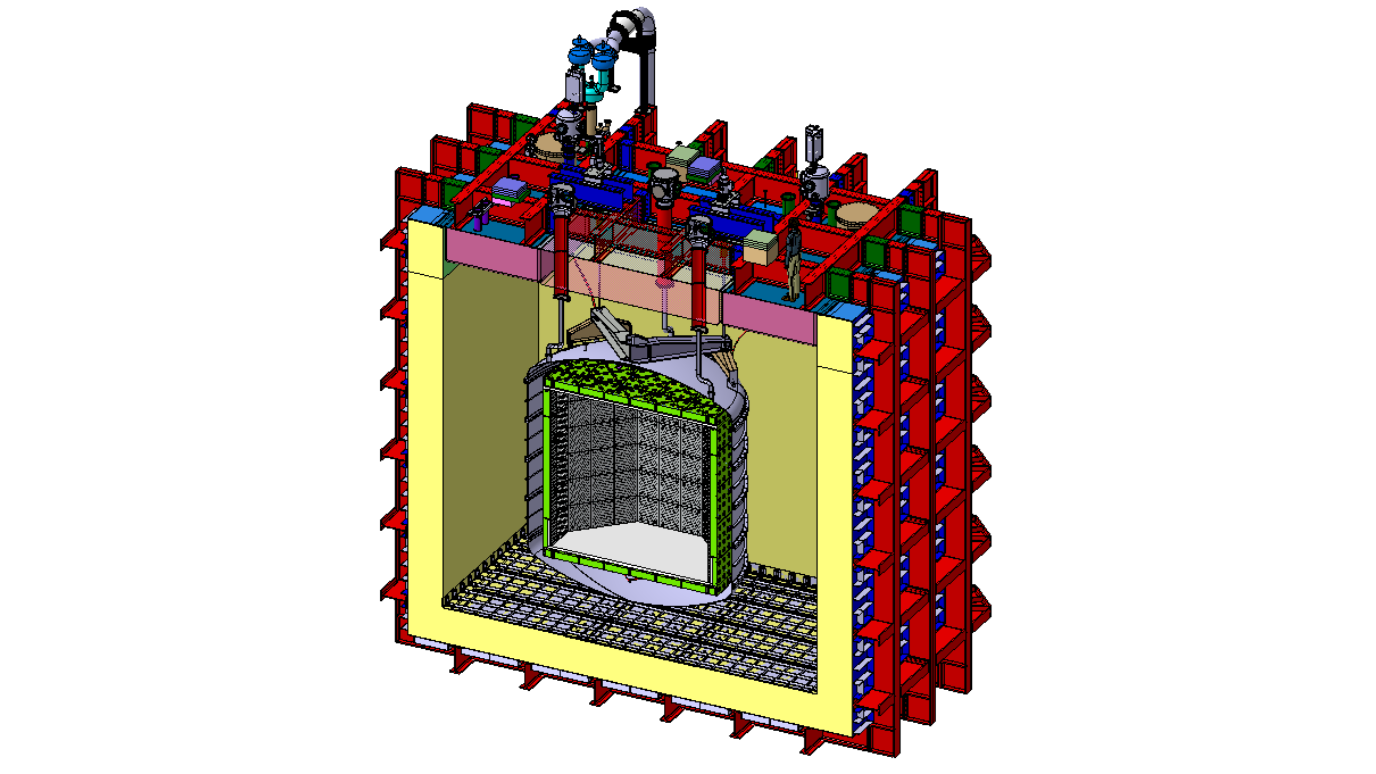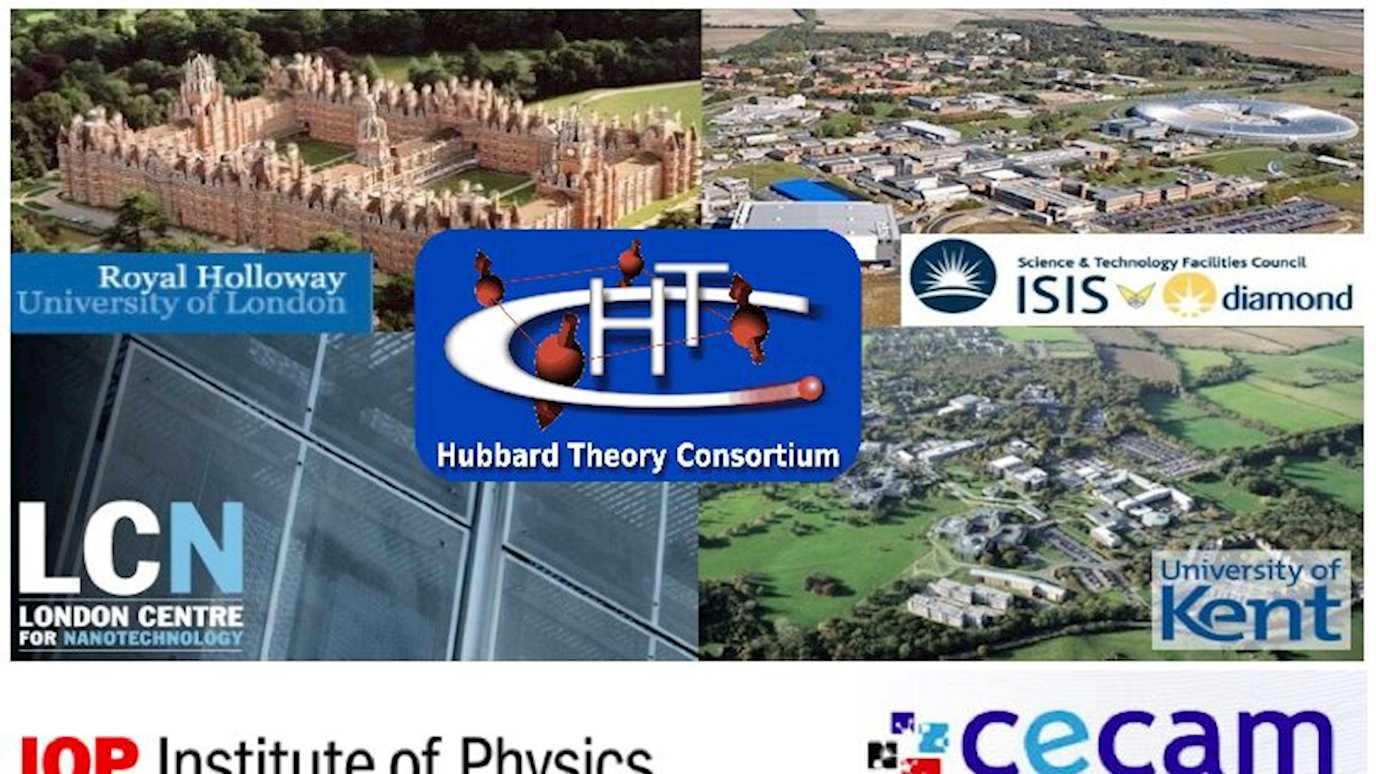Dr Alessandro Rossi, University of Strathclyde, Glasgow (UK)
Quantum technologies for computing, sensing and communicating are developing at a relentless pace. However, a consensus has not been reached on what hardware platforms are the most promising to bridge the prototype-to-product gap and take these systems to commercial fruition. Several solid-state systems are currently under scrutiny, ranging from superconductors to topological insulators, as well as 2D and magnetic materials. Among these, semiconductors occupy a privileged position because they leverage the industrial infrastructure that has enabled modern mainstream electronics for decades. In particular, the prospect of employing well-established Complementary Metal Oxide Semiconductor (CMOS) manufacturing and design techniques could be key to realize large integrated quantum systems of practical use.
In this talk, I will provide an overview of my team’s research on three established semiconductors, namely silicon, germanium, and silicon carbide, which constitute the cornerstones of today’s digital, radio-frequency (rf) and power electronics, respectively. Our mission is to take these materials into the quantum realm and develop devices for quantum computing and quantum metrology applications by preserving full compatibility with the CMOS industrial protocols. To this end, I will show how a field-effect transistor can be turned into a device with quantum functions, namely a quantum dot (QD) with exquisite control of individual charges and spins.1 I will highlight the versatility of this technology by showing that one can virtually use the same QD as either a spin-based information quantum2 or an accurate source of quantised electric current3 for metrological applications. Furthermore, by virtue of ambipolar technology, one can operate such devices to control either conduction electrons or valence holes, each with their own merits for different target applications. Finally, I will argue that, in order to scale up QD-based systems, the interfacing of classical control electronics to the underlying quantum hardware will be one of the crucial challenges. I will discuss these challenges, and possible solutions accessible with the aid of existing CMOS architectures, such as Random Access Memory (RAM) integrated circuitry4 in tandem with rf dispersive readout techniques.2,5
References:
1 Yang et al. Nature Communications 4, 2069 (2013)
2 West et al. Nature Nanotechnology 4, 2069 (2019)
3 Rossi et al. Nano Letters 14, 3405 (2014)
4 Schaal et al. Nature Electronics 2, 236 (2019)
5 Ahmed et al. Physical Review Applied 10, 014018 (2018)























